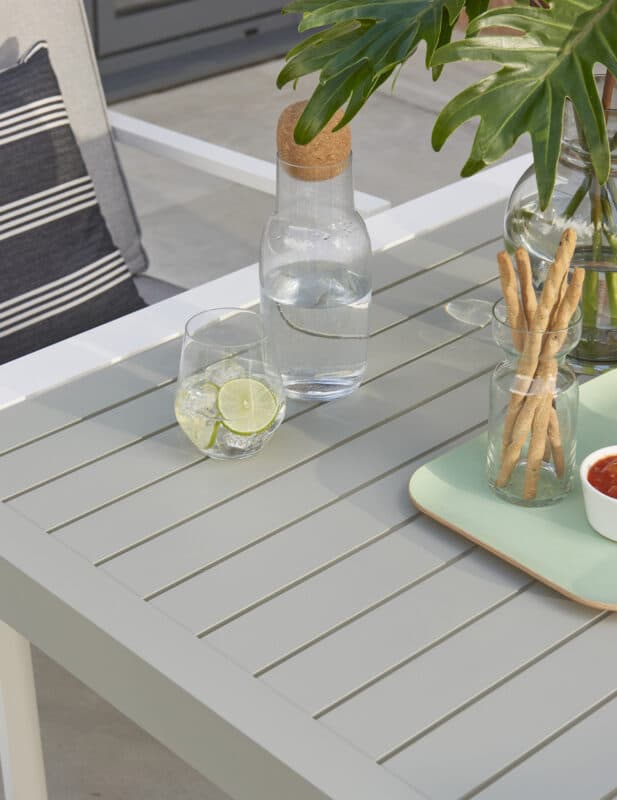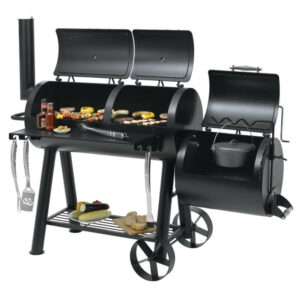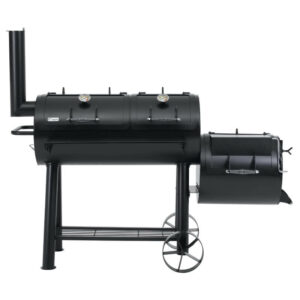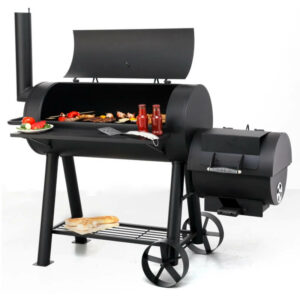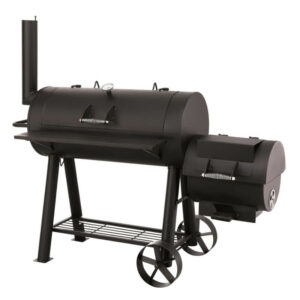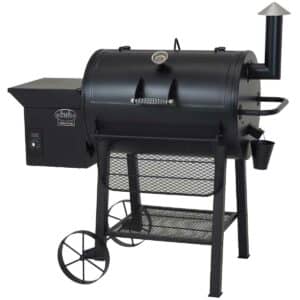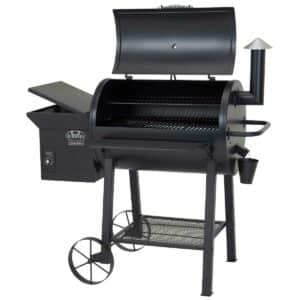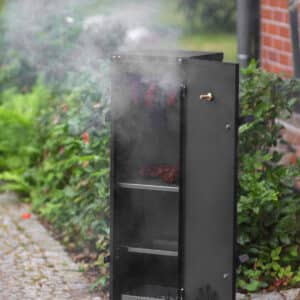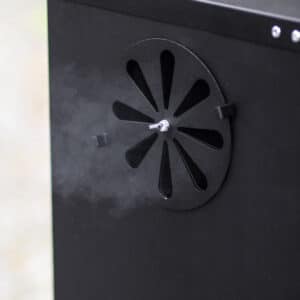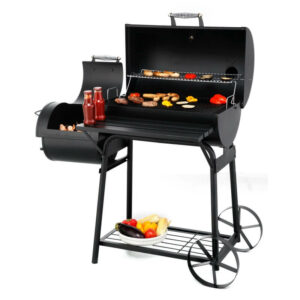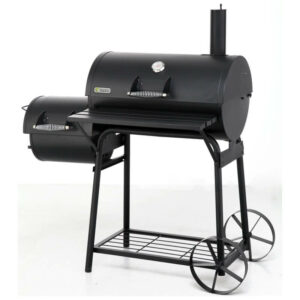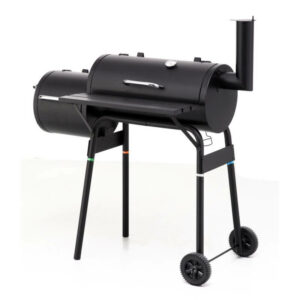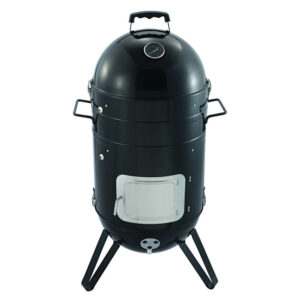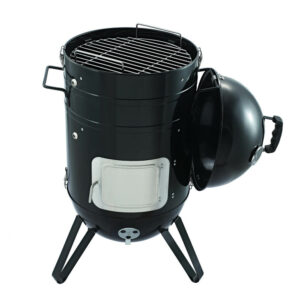Why does smoked food taste so good? It takes outdoor cuisine to a whole new level, exciting and fragrant. When a smoker is on the cards, make it a quality choice. Here you go. Happy smoking, folks!
Read more... So what can you smoke in your BBQ smoker? How about smoked cheese? It’s an awesome flavour. You might go for a selection of beautiful meats or fish. Imagine smoked chicken or turkey, smoked salmon or cod. Yum. You can even smoke vegetables for that on-trend flavour like you find in the poshest restaurants. Why do we love the flavour of smoked food so much? We have a theory. Humans and our ancestors have cooked food on fires for at least two million years. And that must have had an effect on us. The flavour is so comforting, but it’s also exciting. Smokers are very easy to use, too. Look out for a quality item and you won’t go far wrong. The one we’ve picked is made by hand from tough steel. It’s built to last and can smoke multiple things at once. It comes with adjustable vents at the top and bottom so you can control the smoke well. It even features handy extras like adjustable shelves, food hooks and hangers, and a handy a storage compartment. Classic good looks complete the picture. To keep your garden smoker in the best condition, coat it with vegetable oil once it has cooled down. This’ll help stop rust. Are you ready to cook ‘tasty’?
Tepro Indianapolis Heavy Duty Offset BBQ Pit Smoker
Tepro Milwaukee Premium Charcoal Offset BBQ Pit Smoker
Smoker
Cook King Berlin Smokehouse
Tepro Wichita Offset Pit Charcoal BBQ Smoker
Chimineas & Accessories
Callow Premium Charcoal Smoker BBQ Grill
